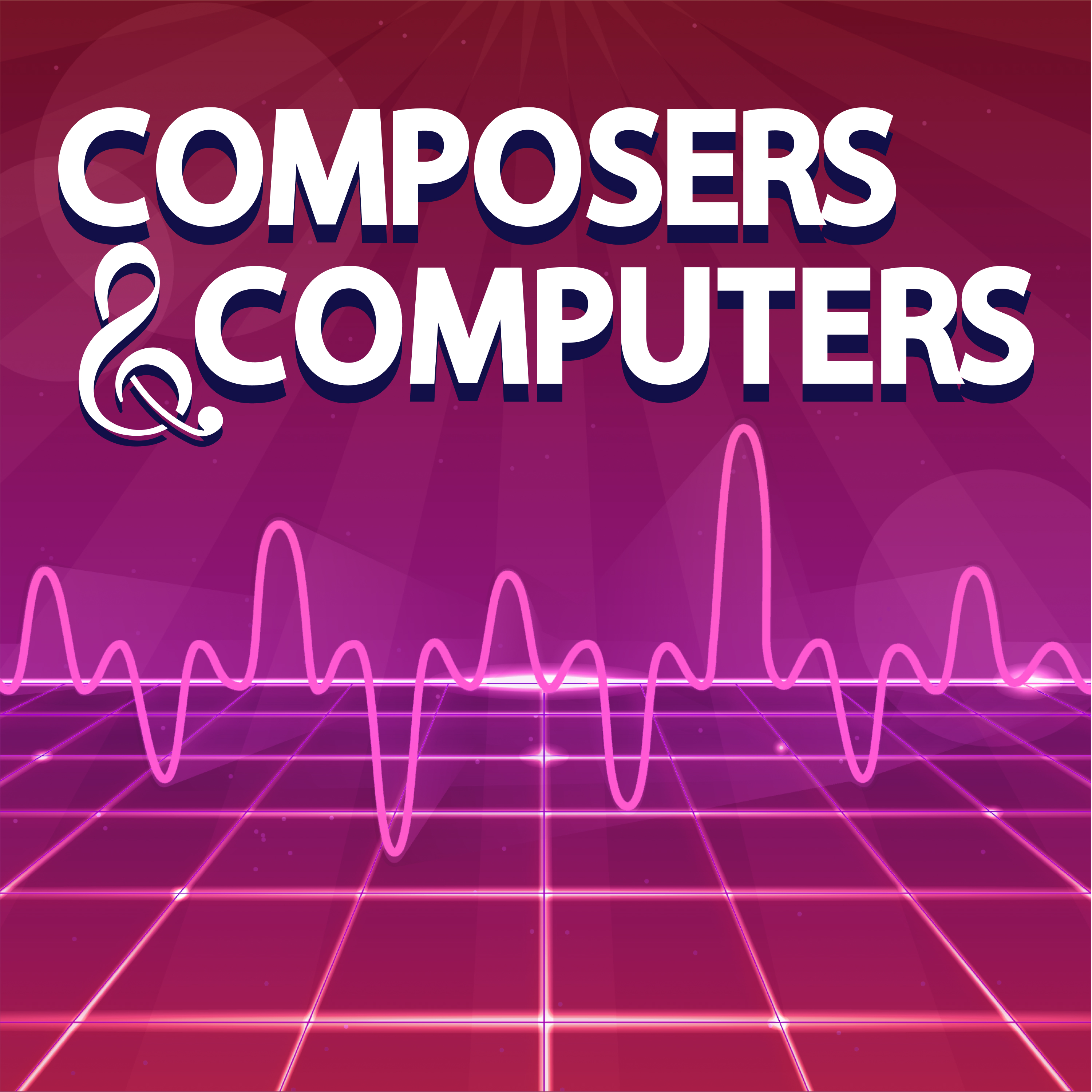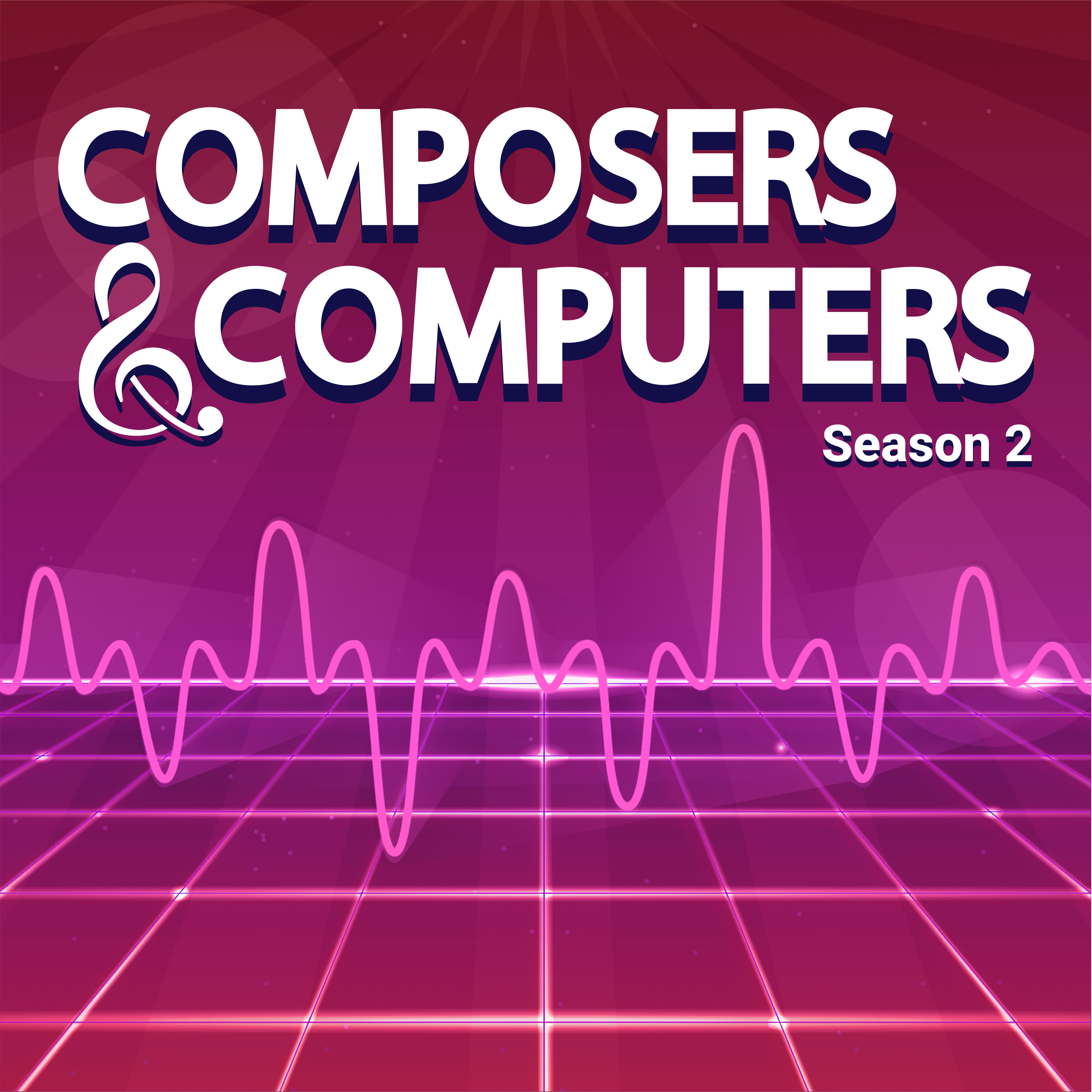A revolution in music happened in the Princeton Engineering Quadrangle, but chances are, you don’t know the story. Sixty years ago, some music-loving computer engineers happened upon some musicians who were enamored with a new computer installed on the third floor.
The work they did together helped turn computers – at the time, a hulking, silent machine – into a tool to produce music. Their innovations made it easier to hear that music. That was no mean feat back then. Then they made it possible for a computer to make that music better, more nuanced. And they helped make it possible for computers to synthesize speech. What computers are able to do today to help musicians realize their vision owes a lot to the work done at Princeton.
Much of this history has been effectively lost, gathering dust in far-off libraries. And the music they made has been largely forgotten as well. Over the five episodes of this series, we will tell that story. You’ll get to meet some fascinating people. And you’ll get to hear that music. It’s the sound of history being made. Engineers thrive on collaborations and intersections. Their collaborations with artists continue to this day.
We look forward to sharing with you “Composers & Computers,” coming in early May.

When the Computer Center opened along with the Engineering Quadrangle at Princeton in 1962, who knew that the Music Department would be one of...

In this episode, Stanley Jordan does something remarkable: He recreates a lost computer music composition, and premieres it here for the first time. Part...

Stanley Jordan was about to play The Tonight Show with Johnny Carson, and with seconds go before cameras rolled, the sound wasn’t coming out...